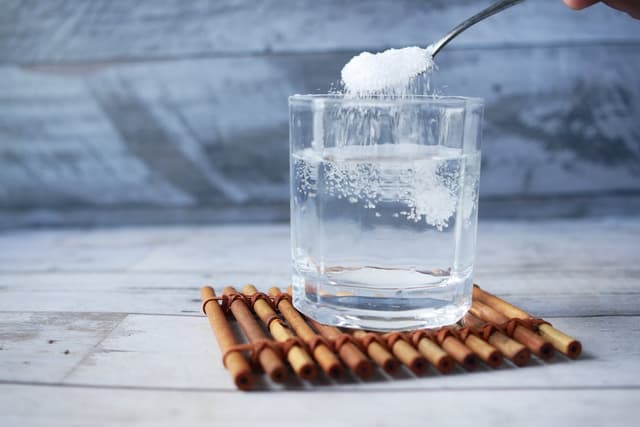Comparing rock salt with table salt (non-statutory)
I can use a hand lens or microscope to observe and compare rock salt and table salt.
Comparing rock salt with table salt (non-statutory)
I can use a hand lens or microscope to observe and compare rock salt and table salt.
These resources will be removed by end of Summer Term 2025.
Lesson details
Key learning points
- The salt people put on their food or in their cooking is usually a type of salt called table salt.
- Table salt has a wide range of uses.
- Table salt can be obtained through two main methods: mining underground salt deposits and evaporating seawater.
- Different types of salt can be observed and compared using a hand lens or microscope.
Keywords
Table salt - The salt people put on their food or in their cooking is usually a type of salt called table salt.
Processed - If something is processed, it is changed from its natural form by people.
Salt mines - Salt mines are areas of Earth from which rock salt is extracted. These are often underground.
Rock salt - Rock salt is the name given to salt before it is processed.
Microscope - A microscope is a piece of equipment that magnifies very tiny objects.
Common misconception
Pupils may think that there is only one type of salt and that it all comes from the sea.
Teaching slides explain how salt is produced and introduce pupils to rock salt and table salt. Pupils make a comparison of the two.
To help you plan your year 6 science lesson on: Comparing rock salt with table salt (non-statutory), download all teaching resources for free and adapt to suit your pupils' needs...
To help you plan your year 6 science lesson on: Comparing rock salt with table salt (non-statutory), download all teaching resources for free and adapt to suit your pupils' needs.
The starter quiz will activate and check your pupils' prior knowledge, with versions available both with and without answers in PDF format.
We use learning cycles to break down learning into key concepts or ideas linked to the learning outcome. Each learning cycle features explanations with checks for understanding and practice tasks with feedback. All of this is found in our slide decks, ready for you to download and edit. The practice tasks are also available as printable worksheets and some lessons have additional materials with extra material you might need for teaching the lesson.
The assessment exit quiz will test your pupils' understanding of the key learning points.
Our video is a tool for planning, showing how other teachers might teach the lesson, offering helpful tips, modelled explanations and inspiration for your own delivery in the classroom. Plus, you can set it as homework or revision for pupils and keep their learning on track by sharing an online pupil version of this lesson.
Explore more key stage 2 science lessons from the Materials (non-statutory) unit, dive into the full secondary science curriculum, or learn more about lesson planning.

Equipment
rock salt, table salt, hand lenses, water, beakers, spoons, microscopes (primary friendly) if available.
Content guidance
- Risk assessment required - equipment
Supervision
Adult supervision required
Licence
Starter quiz
6 Questions



Exit quiz
6 Questions






